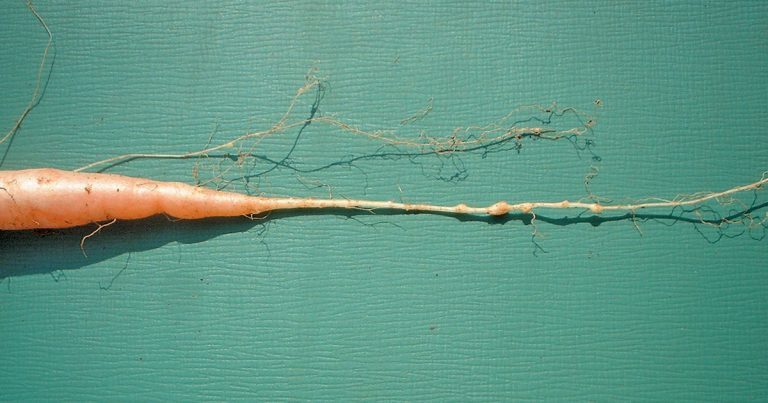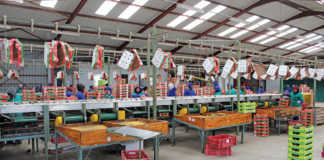
Photo: Bill Kerr
Crop rotation is a contentious subject and many regard it as a kind of law that should not be transgressed. But what might be a good rotation programme for one farmer may be disastrous for another, even if they are in the same area.
For instance, one farmer may follow a cabbage crop with beetroot, which are totally unrelated crops. This sounds like good procedure and certainly can be. However, this farmer’s neighbour may follow the same programme and experience problems if there is cyst eelworm in the soil, which infects both crops.
The bottom line is that working out a crop rotation programme involves a lot more than alternating different crops. Pests and diseases also need to be considered.
You could, for instance, have a carrot crop and follow it with beans, then Swiss chard, which amounts to a root crop followed by a legume and then a leaf crop.
All are completely unrelated, but all host root knot eelworm (Meloidogyne spp). By the time the Swiss chard is planted, the eelworm population could have built up to the point where the Swiss chard is a failure.
Diseases
Diseases should also be a consideration. With plants of the cabbage family, if you’ve had a problem with blackleg fungus, for example, it is safer to wait two years before planting a Brassica again. If there was no blackleg, you could follow much sooner.
Certain diseases that could be a problem for a follow-up crop can be countered by the season. My boss once requested that I plant an out-of-season crop of cabbages. Although the crop was a success, there was quite a lot of black rot on the outer leaves.
I had to follow up immediately with another crop of cabbages, and there were some residual leaves with black rot lesions still in the land when the next cabbages were planted.
However, I did this knowing that the season the new crop was to grow in would not allow the black rot to become a problem.
Ramifications
You have to consider all the ramifications when planning a crop rotation programme. In some cases, you can practise monoculture if the soil conditions are very favourable. I have built up the soil in my tomato tunnels and have been planting tomatoes in the same soil for about two decades.
Initially, before the soil was improved, the plants would die from eelworm. A friend once told me he had a client who only produced lettuce, and used the same soil for this crop every time. He had built up his organic content and used vermicompost.
I am not advocating monoculture, but you should consider the potential hazards of rotation and not lose out just because it does not fit in with your perception of crop rotation requirements.
Eelworm is one of the major reasons for crop rotation, and you should always examine the roots of a crop after harvest to determine if there is eelworm and, if so, ascertain the extent of the infestation; this will help you decide which follow-up crops to plant.
Bill Kerr is a vegetable specialist and a breeder of a range of vegetables.











